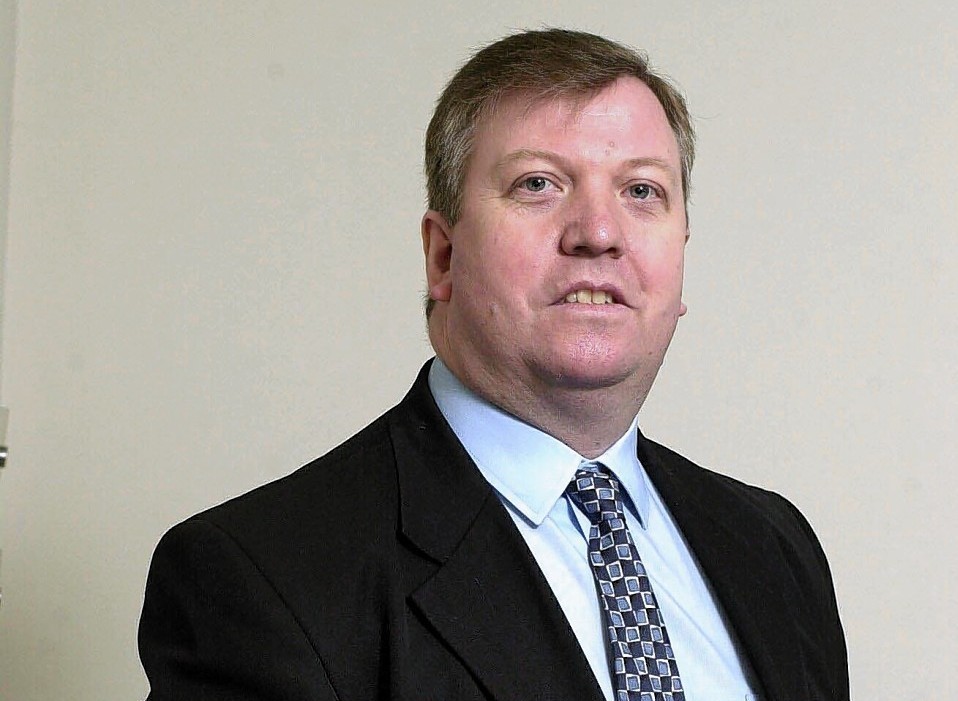Parents and people with disabilities are being hit hardest by UK Government welfare reforms, according to new report.
Research carried out for a Holyrood committee estimated that couples with dependent children will lose an average of more than £1,400 a year while lone parents stand to lose more than £1,800.
In all, families with children will lose an estimated £960million a year – approaching two-thirds of the overall financial loss in Scotland.
The study by the Centre of Regional Economic and Social Research at Sheffield Hallam University found that disabled claimants and those with health problem have also been disproportionately affected.
Reductions in incapacity benefits are estimated to average £2,000 a year, with some of the same people also facing big reductions in disability living allowance and reduction in other benefits.
Scottish Parliament welfare reform committee convener Michael McMahon said: “This latest evidence shows that some of those most in need of support, namely parents and disabled people are being hardest hit. For us to be in this situation in 21st century Scotland is unacceptable.”
The report also found that half the reductions in benefits might be expected to fall on households in work.
Sheffield Hallam economist Prof Steve Fothergill, said: “The figures demonstrate that the welfare reforms impact very unevenly. The very big impact on families with children, in particular, has previously been under the radar because it is the cumulative result of several individual reforms.”
Satwat Rehman, director of One Parent Families Scotland, said the findings of the report were “shocking”, adding: “It is scandalous that we are witnessing a dramatic rise in the numbers of lone parents being financially penalised as a result of welfare changes.”
A DWP spokesman said: “This follows a long line of misleading reports into our welfare reforms.
“It fails to take account of recent and future increases in employment, increases in the personal allowance and the effects of Universal Credit.
“The reality is, we carry out thorough impact assessments on all our policies which show our welfare reforms will improve the lives of some of the poorest families in our communities, with Universal Credit making three million households better off by £2,000 a year on average.
“Overall we spend £50 more per head on benefits in Scotland than the UK average, and provide support of £7.9billion to millions of people who are on low incomes or unemployed.”
